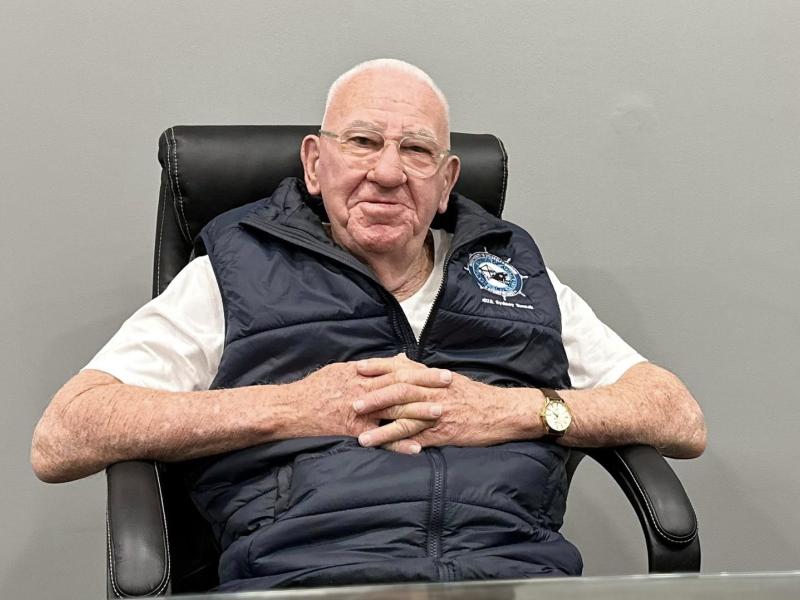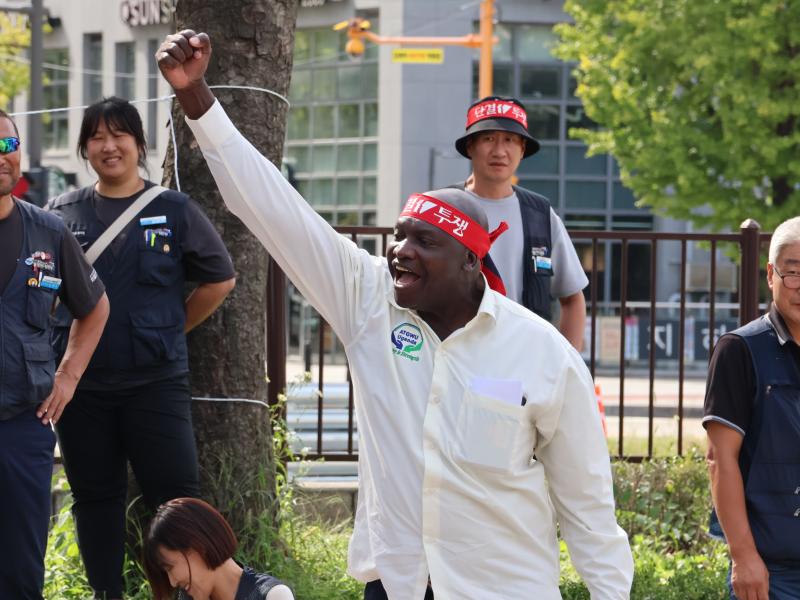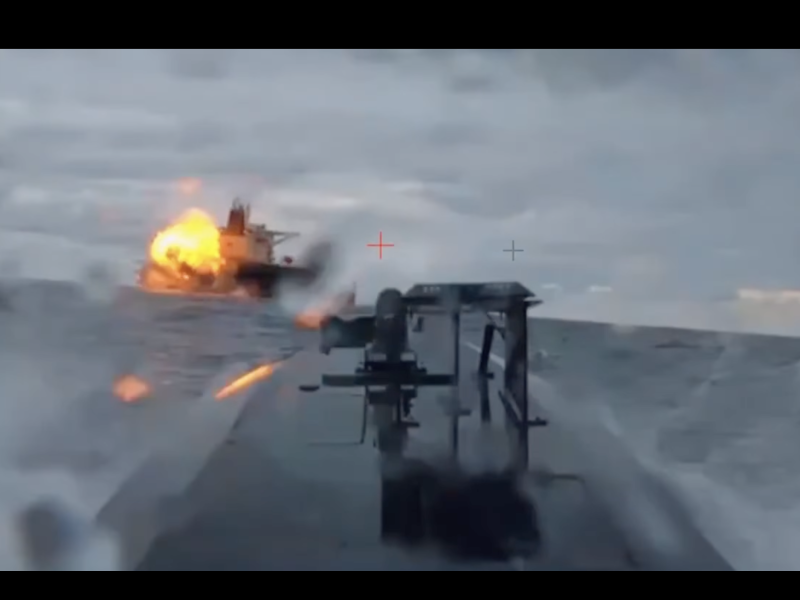The group included aviation worker representatives from Argentina, Mexico, Panama, Brazil, Spain and Venezuela. ITF civil aviation section secretary Gabriel Mocho and ITF Americas regional secretary Antonio Fritz were part of the delegation, which aimed to strengthen ties of friendship with civil aviation union leaders in the country.
During their visit, the group met with unions and workers alike. They also made workplace visits, including meeting with workers at José Martí and Juan Gualberto Gómez international airports. The trip coincided with international labour day, giving the group an opportunity to parade alongside Cuban workers in Havana’s Revolution Square.
Mocho said of the visit: “What was great, was that the trip gave civil aviation leaders in the region, and from Spain’s CC.OO union, the opportunity to meet workers in the airports, airlines and other related areas. We saw how unions have a high level of dialogue with aviation companies owned by the state. We saw how companies also involve workers in making strategy – and how this contributes to a productive reciprocal relationship. We hope that we have stronger ties as a result of this visit, and that these links will be built on in the future.”
Civil aviation leaders reach out to Cuban workers
news
ON THE GROUND
news
Glenton “Glen” Wood
The International Transport Workers’ Federation (ITF) mourns the passing of Glenton “Glen” Wood, a towering figure of the Maritime Union of Australia (MUA) and a deeply respected trade unionist across
news
Stephen Abima
It is with deep sadness and fond memories that the International Transport Workers’ Federation (ITF) has learned of the passing of Stephen Abima, former General Secretary of the Amalgamated Transport
news
Press Release
ITF condemns Black Sea vessel attacks and calls for protection of seafarers
The International Transport Workers’ Federation (ITF) has condemned the latest attack on vessels operating in the Black Sea, warning that seafarers must never be treated as targets in conflict and



